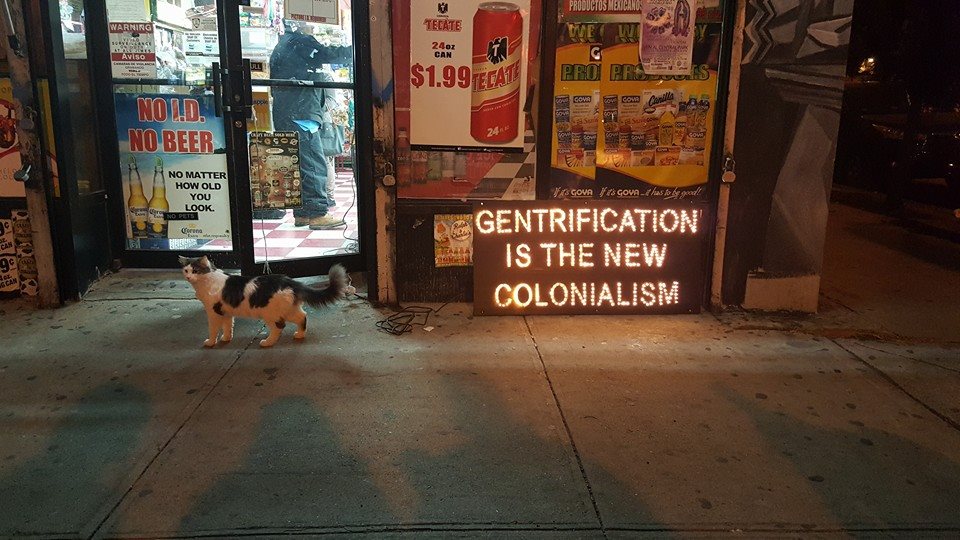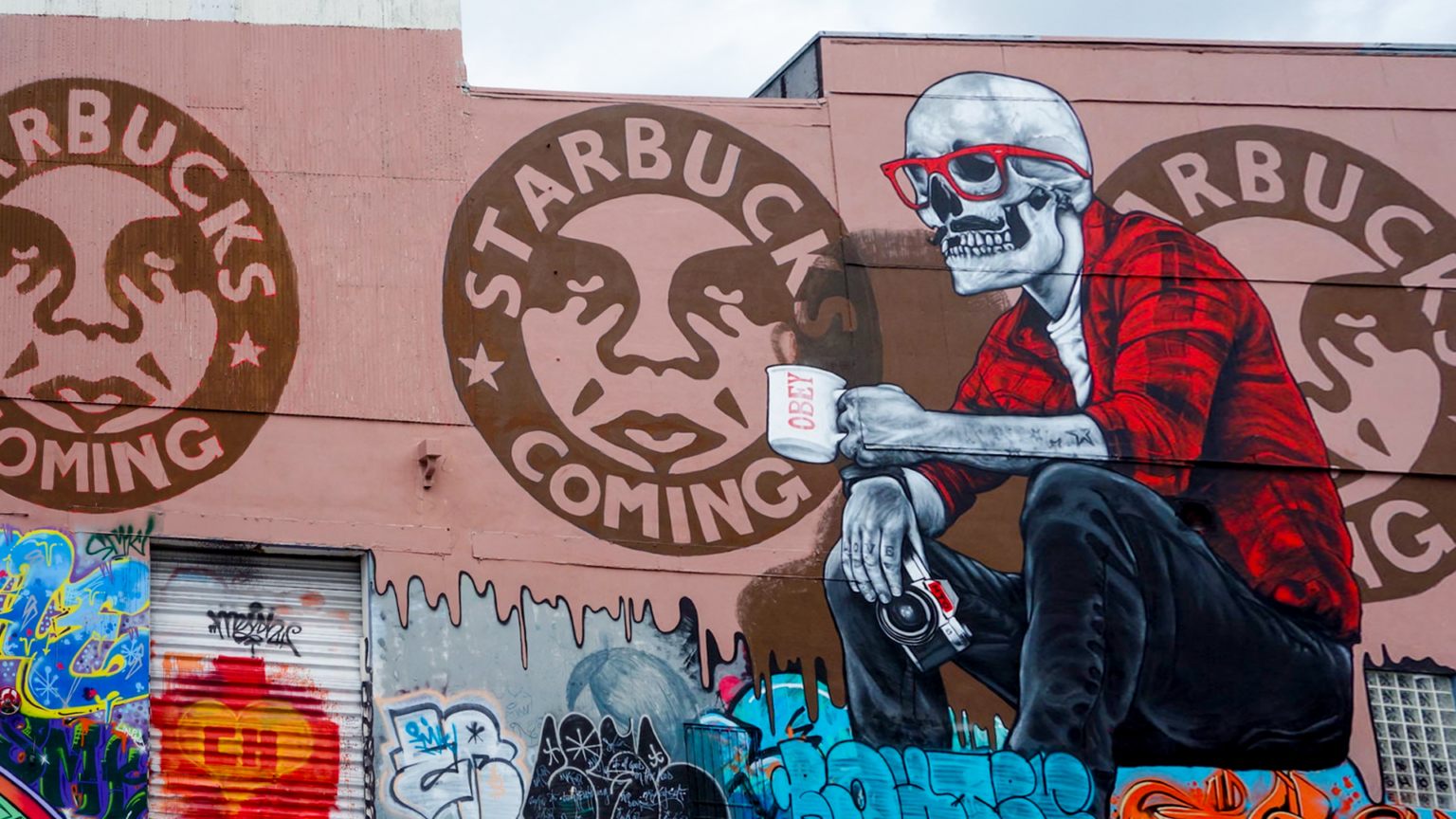Workhorse has offices in two of the fastest gentrifying cities in the United States, Washington, DC and Charleston, SC. The role of art and artists in changing cities has been examined and critiqued for a long time. In Charleston, I’ve gotten involved in the affordable housing issue through the Charleston Area Justice Ministry. This has really allowed me to do some introspection – specifically, how art and design influences gentrification and how I, as a designer, play a role in that.
“When artists and galleries move into what is branded as a “newly established art community,” they generally don’t think of themselves as gentrifiers so much as they think of themselves as pioneers of a “new community,” (as opposed to new members of the pre-existing, already culturally-rich community). So it’s not just that these art galleries attract developers like ants to a picnic; it’s also that they often display a blatant disregard for the rich history of the community they are overtaking. “ “Art & Gentrification: What is “Artwashing” and What Are Galleries Doing to Resist It?”, Artspace, 2017
Urban revitalization has not been equitable and designers have often been utilized as tools of gentrification. Maybe we’re not tossing people out of their homes and building condos over old neighborhoods ourselves, but we sure have branded the fuck out those condos, coffee shops, and yoga studios. A renewed awareness of our ethics is needed in order to make sure we are creating the inclusive communities we want to see continue and to thrive.

We need models of planning and development that involve community improvement without displacement. Gentrification is not placemaking but place-taking. It destroys our collective memory of places, contributing to the global homogenization and commodification of everything. Bring it into the light of day and it could melt away in the sunshine. “The Gentrification Dilemna, Architect Magazine, 2012“


